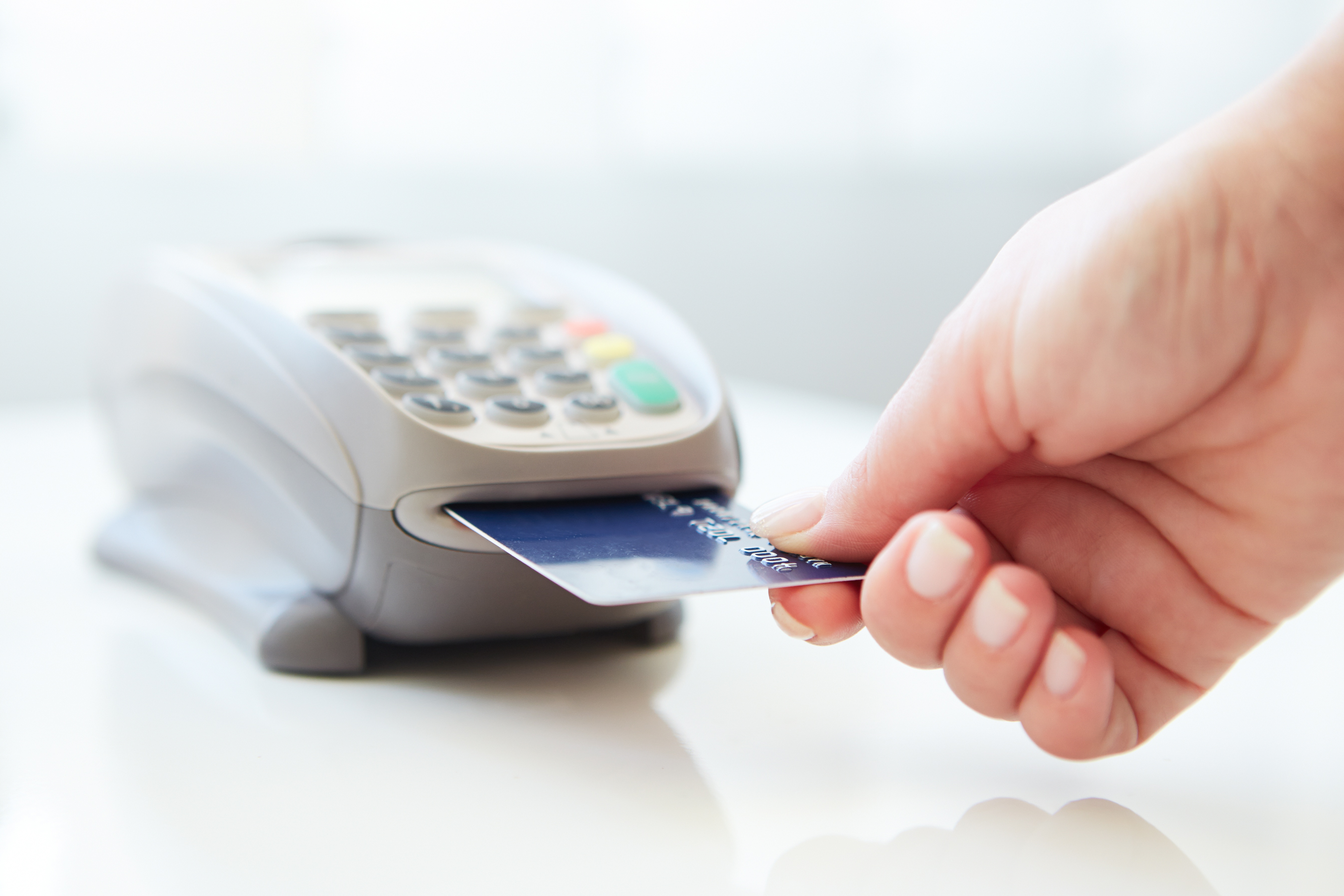The implementation of EMV has been one of the biggest challenges for retailers in the last year, but it’s not the only one. While a recent study by the National Retail Federation and Forrester Research shows it’s at the top of the list – 76 percent of retailers said it was their top challenge in the last twelve months – the study also showed that chargebacks and tokenization and encryption were concerns for retailers, as well.
The October 1, 2015 liability shift means merchants must ensure they are capable of accepting the embedded-chip payment cards, or bear the responsibility for counterfeit and/or lost and stolen payment cards. While there has been some grumbling, compliance has been quite good, and the survey says that 86 percent of retailers expect to have EMV capabilities by the end of 2016.
The report, called the “State of Retail Payments 2016” showed that beyond EMV, chargebacks were high up on the list of concerns for retailers, with nearly half saying chargebacks were a significant challenge in the last twelve months. The increase in chargebacks can be directly attributed to last October’s liability shift, as merchants are now responsible for any charges and/or fees that result from when a payment card is fraudulent and the retailer does not have a functioning EMV reader. While many retailers have installed EMV equipment, there are some whose equipment is still waiting to be certified. This is causing a higher than usual number of chargebacks that has the potential to affect a retailer’s bottom line. Prior to last October’s deadline, the payment card’s issuing bank absorbed the costs of the fraud.
While the vast majority of retailers are concerned with EMV and chargebacks, tokenization and encryption were on the list, as well, with 37 percent citing them as a main concern. EMV payment cards in the U.S. do not require a PIN number (chip and PIN); rather, they are chip and signature cards, with the EMV chip on the front and the familiar magnetic stripe containing all the card information on the back. While the chip can tell if the card is counterfeit or not, it cannot protect the card data itself. Tom Lichtford, NRF vice president for retail technology said in the report, “EMV is important, but chip cards alone won’t do the job of making data secure, especially if they’re only chip-and-signature rather than more-secure chip-and-PIN. That’s why retailers are working hard on technology like point-to-point encryption and tokenization that will ultimately do more to achieve the goal of putting hackers out of business. And the sooner security issues can be resolved the sooner retailers can bring new innovations to the way shoppers pay for their purchases like mobile and digital wallets.” Fortunately, the report says 93 percent of retailers expect to have point-to-point encryption and 61 expect to have multichannel tokenization in place by the end of 2017.
The main takeaway from the study is about EMV certification – merchants who have not yet installed EMV payment terminals or activated and/or certified those that have already done so, should ensure they can accept the chip cards as soon as possible. Not only will it ensure safer transactions for your customers, but it will also reduce your liability, should you accidentally accept a fraudulent card.



